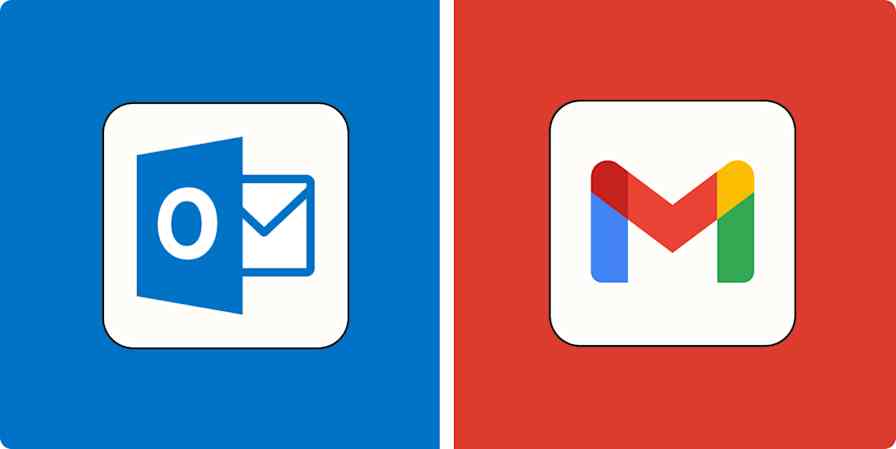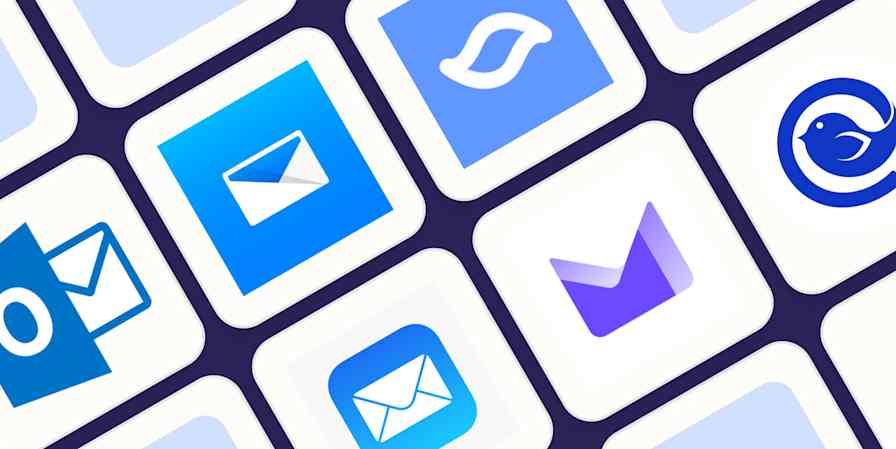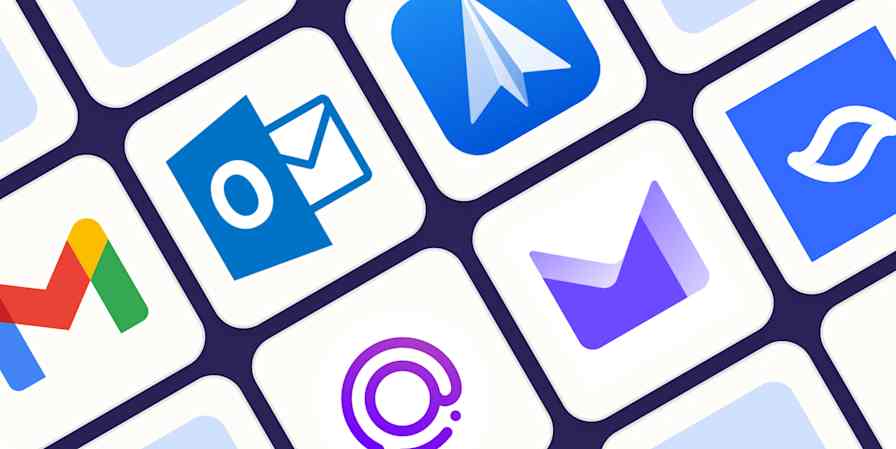App tips
8 min readHow to organize emails in Outlook
Use these 9 Outlook tips and tricks to take control of your inbox.
By Jessica Lau · October 15, 2024

Get productivity tips delivered straight to your inbox
We’ll email you 1-3 times per week—and never share your information.
mentioned apps
Related articles
Improve your productivity automatically. Use Zapier to get your apps working together.






